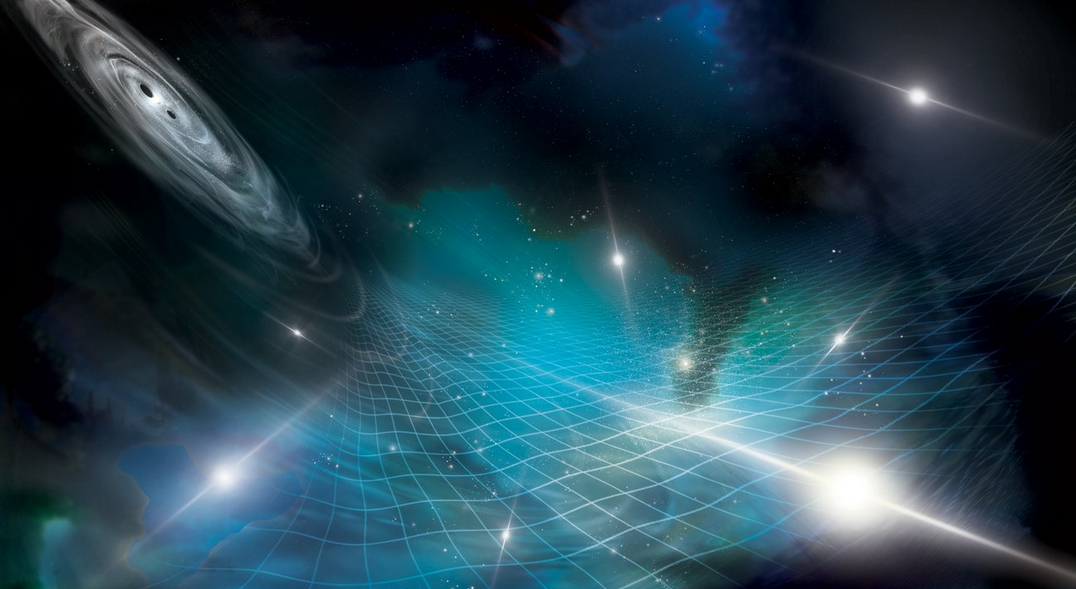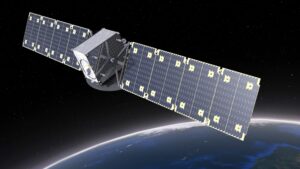Gravitational Waves Churn Spacetime
30th Jun 2023
Readers of a certain age would remember the American astrophysicist Carl Sagan and his TV series Cosmos. One of the fun moments in this stellar series is Sagan’s “Gravity in Wonderland” segment, where, eventually, he describes gravity bending light. Other astrophysicists have used billiards tables and graphics to show the warping of spacetime by gravity. But now, due to a set groundbreaking research papers just published in The Astrophysical Journal Letters, we can see there is a level at which spacetime is rocked by tremendous gravitational waves.
Ginormous Gravitational Waves
The observation of gravitational waves is a recent addition to astrophysics. It’s only been in this century that an interferometer that could detect them could be built, and in 2017, the Nobel Prize in Physics went to the team that first observed them. The existence of such waves had been predicted as early as 1893, and indirectly detected in the 1970s.
These waves are truly long. For example, a mid-range gravitational wave can have a frequency of 0.5 Hertz, or a wavelength of 600,000 km. The gravity waves studied here have ranges down to one billionth of a Hertz.
Watching Lighthouses
The researchers in the NANOGrav teams funded by the U.S. National Science Foundation held a press conference to coincide with the release of their initial findings after 15 years of observations. NANOGrav, for North American Nanohertz Observatory for Gravitational Waves, utilized observations of pulsars from some of the world’s largest radio telescopes, including the now defunct Arecibo radio observatory.
Pulsars are known for the steadiness of their pulses. By observing very long-period and minute shifts in the signals received, the teams looking at different pulsars could all detect these shifts. The observers detected overlapping effects, with different frequencies; in effect, showing that there are many thousand sources of such waves.
But what’s generating the waves? The interaction between black holes? Relics of the Big Bang? Find out more here.






Thank you for your comment! It will be visible on the site after moderation.